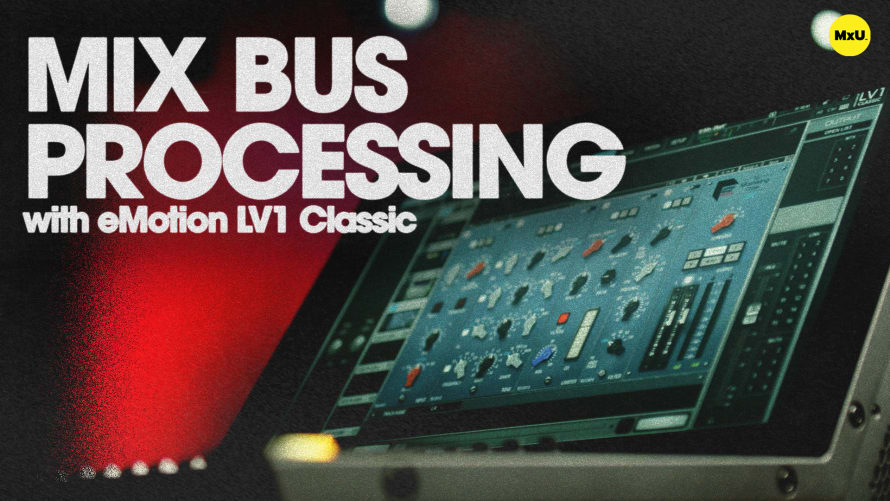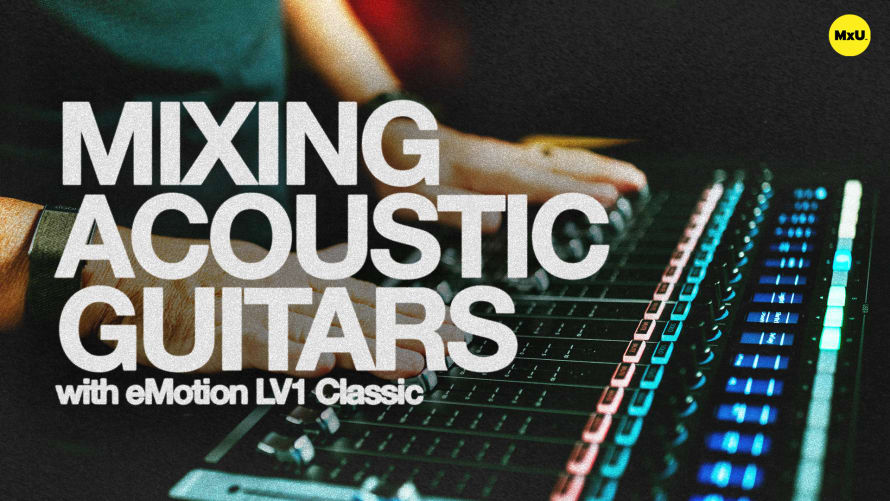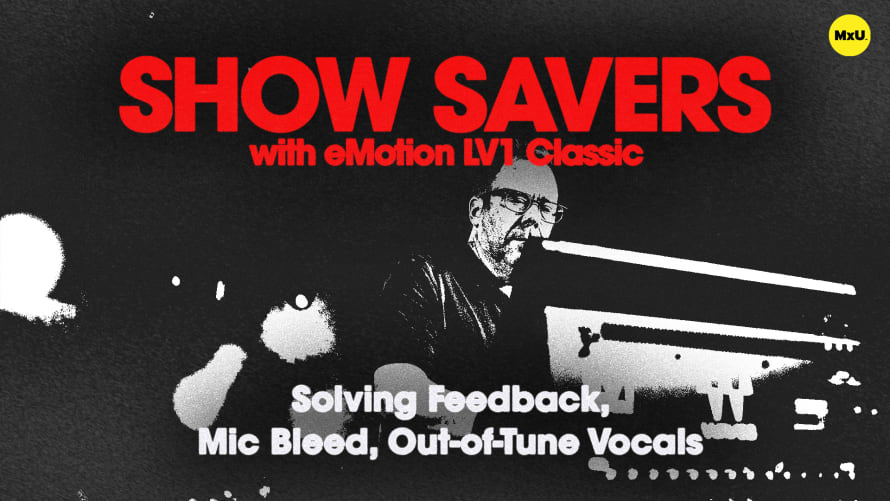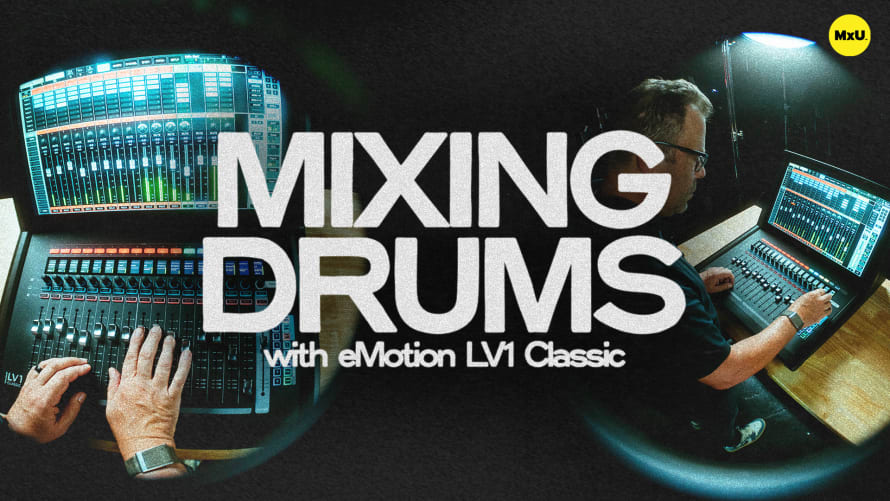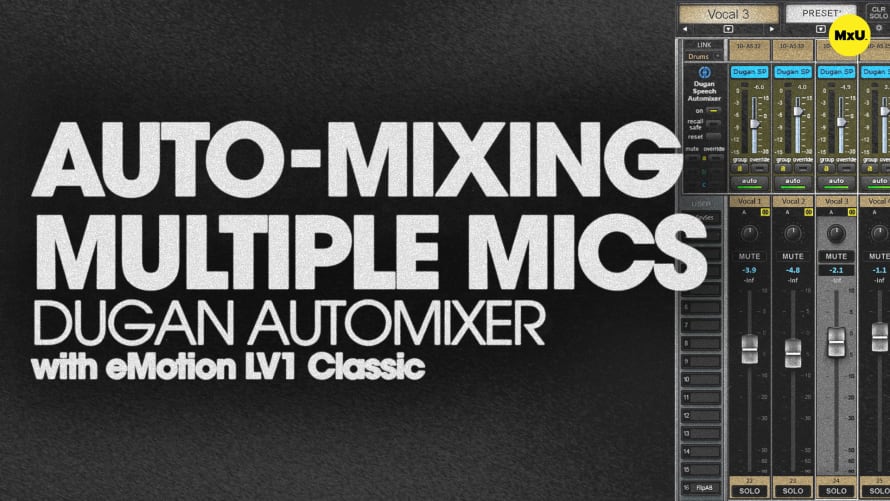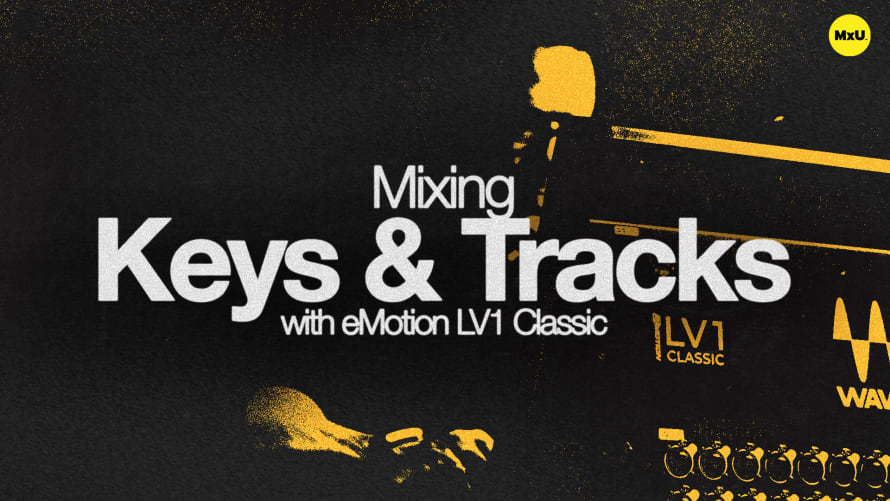Mix Bus Processing with eMotion LV1 Classic
Left-right bus processing is a powerful technique for enhancing your audio mix, particularly useful for broadcast mixes and live sound reinforcement in churches. This approach can add sparkle, impact, and leveling options to your output, whether it's going out of your building or enhancing your in-room PA system. The process involves using various tools like EQ, compression, stereo widening, and mastering chains to fine-tune your final mix.
Fine-Tuning with EQ
A four-band parametric EQ can make subtle yet impactful changes to your mix. You might address low-mid information or add some top-end sparkle. The key is to make small adjustments that enhance the overall sound without drastically altering your carefully crafted mix. Remember, a little goes a long way at this stage.
Adding Compression for Cohesion
Compression at the bus level can add "glue" to your mix, creating a tighter, more cohesive sound. Using a tool like the API 2500 compressor with a mastering preset can subtly enhance the impact of your mix. The goal is to achieve a more polished sound without squashing the dynamics you've built into your individual tracks.
Stereo Widening and Frequency Enhancement
Tools like the Vitamin plugin can add width to specific frequency ranges, making your mix feel more expansive and lively. This technique can be particularly effective for creating an immersive experience in both live and streamed services. By enhancing the stereo field in the upper mids and highs, you can add depth and dimension to your mix without muddying the low end.
Mastering Chain for the Final Touch
A mastering chain, like the Abbey Road TG Mastering Chain Live plugin, offers a comprehensive set of tools for that final polish. Mid-side EQ allows you to shape the center and side information separately, giving you precise control over the stereo image. A limiter can add punch and control peaks, while a stereo spreader can widen the overall sound field. Use these tools judiciously to enhance your mix without overprocessing.
Remember, these bus processing techniques are meant to provide that extra 5% to an already solid mix. They're best applied after you're satisfied with your basic mix, as mixing into heavy processing can lead to poor decisions earlier in the chain. Always trust your ears and don't be afraid to bypass effects to ensure you're truly improving the sound.

